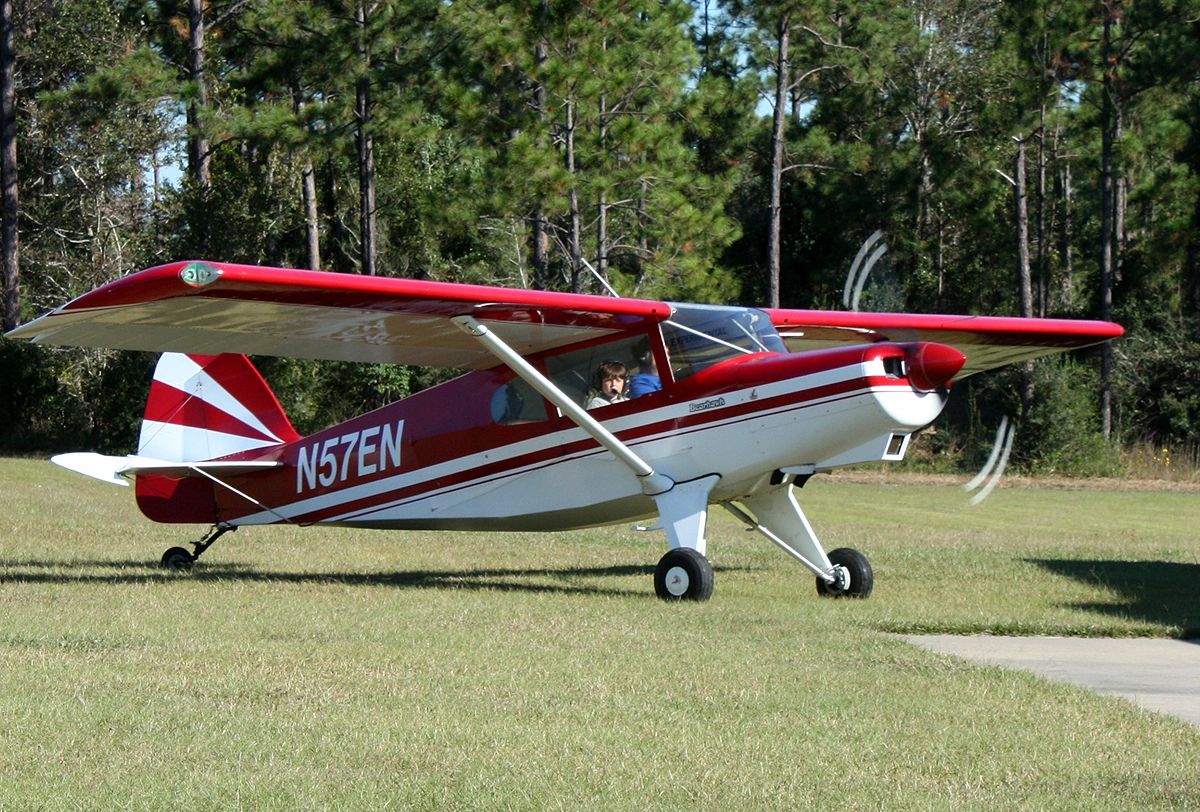Many Cessnas have a rubber bushing-mounted subpanel whose purpose is to isolate instruments from vibration. To the best of my knowledge, Super Cubs, Huskies, and the Bearhawk use no design of this type. Instruments are directly mounted to the panel, which is a firmly fastened to the fuselage and boot cowl.
Is it a concern? Especially in this age of solid state instruments?
Is it a concern? Especially in this age of solid state instruments?




Comment